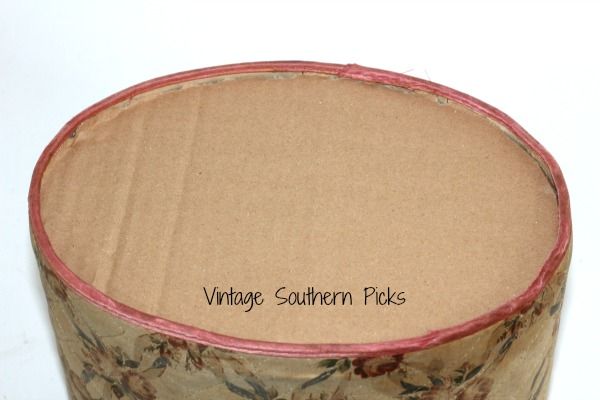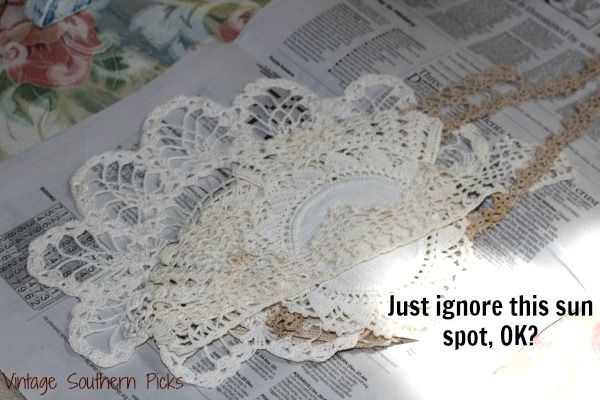Life Got in the Way, and Here’s My Excuse…
I wanted to say a big welcome to all my new subscribers!! I normally post once a week, but I couldn’t get it together last week. Too much going on with us deciding to seriously downsize our house, and do all those home repairs you sort of live with for years, but don’t see anymore…you know the ones I mean! Then thinking about what we need to get rid of in an estate sale for moving in the near future.
Add to that minor surgery, looking for a new set of wheels, getting a speeding ticket (oops), scheduling a 4-hour driving school, and then being called for jury duty too (and I haven’t even been yet)…well, you can see why I didn’t have time to finish my post last week. Excuses, excuses…
I spend too much time sitting around thinking about what I need to do, but not actually doing it. Tell me I’m not the only one! That’s life. On to the post!
The Project
I’ve been working here and there on this project over the last several weeks. I found an old drum table at an estate sale a couple of years ago, and finally decided how I wanted to finish it. You’ll see that in another post.
In this post, I’m discussing how I finished the top with decoupage. I discovered how to Make Your Own Awesome Napkin Designs for Napkin Decoupage! As this is my 4th project, it’s a good bet to say I love it! Glass candle holders, old toolbox/jewelry chest that was a super DIY headache, and Jewelry Box Makeover have all been my guinea pigs as I learn the craft.
I’ve found pretty napkins at yard sales, estate sales, Etsy, and Amazon, and I like all of them. But when I want a change, or a new design, I can’t find what I’m looking for.
This is where my idea was born…why not create my own design by printing on a napkin?
I’ll tell you how I did it.
The table is going in front of these curtains, so the design had to complement the curtains. (And let’s hope it goes with the curtains in whatever garden home is in our future.)

Where to Find Images to Decoupage
Next I scoured The Graphics Fairy and Pinterest for vintage images I liked that had those colors.
I settled on these. Shabby Chic style is my game. I LOVE it! It’s not the farmhouse look that’s insanely popular, but lest you think Shabby Chic is dead, just take a tour on Pinterest. You’ll see it’s not.

How to Get the Design onto the Table was the Next Decision
Image transfers were out. For this project, I really wanted to do a collage, and didn’t want the table to come in contact with the amount of water necessary to complete an image transfer project.
I didn’t want to use traditional decoupage using layers of printer paper, so I leaned towards napkins, which are super thin.
An Idea was Born
Wonder if it would work to print my chosen image on the layers of napkin I peel off, I mused. If you’ve never done napkin decoupage, most decorative napkins are standard 3-ply, so in DIY projects, you’re using the top pretty layer. I’m using the 2 back layers I peeled off, saving them from the trash can.

Experiment with Other Types of Paper Besides Napkins
First I experimented using white packing paper that came in an Amazon shipment. It gave my image a nice crinkly effect, but that paper was thicker than regular printer paper…not what I wanted.
On to the napkin idea! I peeled off the back 2 layers, placing one thickness on top of a piece of printer paper. To keep it aligned, I taped the borders down with scotch tape, then cut off the excess.

What to Consider Before Running a Napkin Through Your Printer
I doubt it would work to run a thin layer of napkin through a printer by itself. A 1-ply napkin layer is much too fragile and I didn’t want to chance it. I secured the napkin to a piece of printer paper first, but I wasn’t sure it would work.
I thought about using adhesive spray to adhere the napkin to the paper, but I was afraid I would have trouble getting the napkin to come off in one piece.
Do the pieces of tape interfere with the design? For me it didn’t. I either tore around them or let them stay. It will totally depend on your design and what you want to accomplish. It will hardly be noticed after applying the final sealing Mod Podge layer to the top.
Fingers crossed, I ran the job. Success! The design came out almost perfectly! It was a little wrinkly, but I ironed it (no steam setting). Ironing isn’t necessary, but I prefer it because it helps to smooth out the paper.

My first piece had a distortion at the top, but I’m leaving it. If it bothers me later on, I can always cover it with another piece of napkin. That’s one of the great things about decoupage. Make a mistake…just cover it up, and napkin layers are so thin, it’s not a problem!

Here’s the next image printed on the other napkin ply…Perfect!

The Procedure
I used these napkins because they complement the curtains and I have a lot of them.

When choosing pieces of the design to use, here’s an easy way to cut it out so all the edges look nicely feathered allowing them to blend into the design.
Go around the piece with a wet brush or Q-Tip.

Gently tear along the wet line, which makes them look uneven…the look I was going for.

The drum table is hexagonal (6-sided), so I spaced out pieces of the napkins evenly around it.

I cut out pieces of the hydrangea blossoms to go in between.
The piece in the center is one sheet of French script, torn in half to be seen around what’s placed on top.

More Decoupage Gluing Tips
To avoid tearing the napkin when gluing, never slide your finger across it. Instead “pounce” your finger on top. That helps flatten napkin nubbies too. Nubbies are the little bumps on the edges of napkins.

When working with larger pieces, like the French script, place a sheet of Saran wrap on top and gently scrape across it with a credit card. This helps remove air bubbles while smoothing it out.

I accidentally discovered an extra sheet of script on top helped eliminate a developing problem.

Because of the sheerness of the 1-ply napkin, I feared the final picture for the top would look funny placed on top of that whitish center, but this sheet of yellowish script helps fill in while adding to the look of the final image!
Here’s the final voila! I’m absolutely thrilled with how it turned out!

It’s not perfect, but I love it. After all the hoopla of getting it to match the curtains, I rearranged furniture and moved it, ha ha. What do you think? Would you attempt to make your own designs?
FYI…I used the backing layers of 4 dinner size napkins for this project.
Sharing with these link parties….
If you’re panting for more Napkin Decoupage Projects…




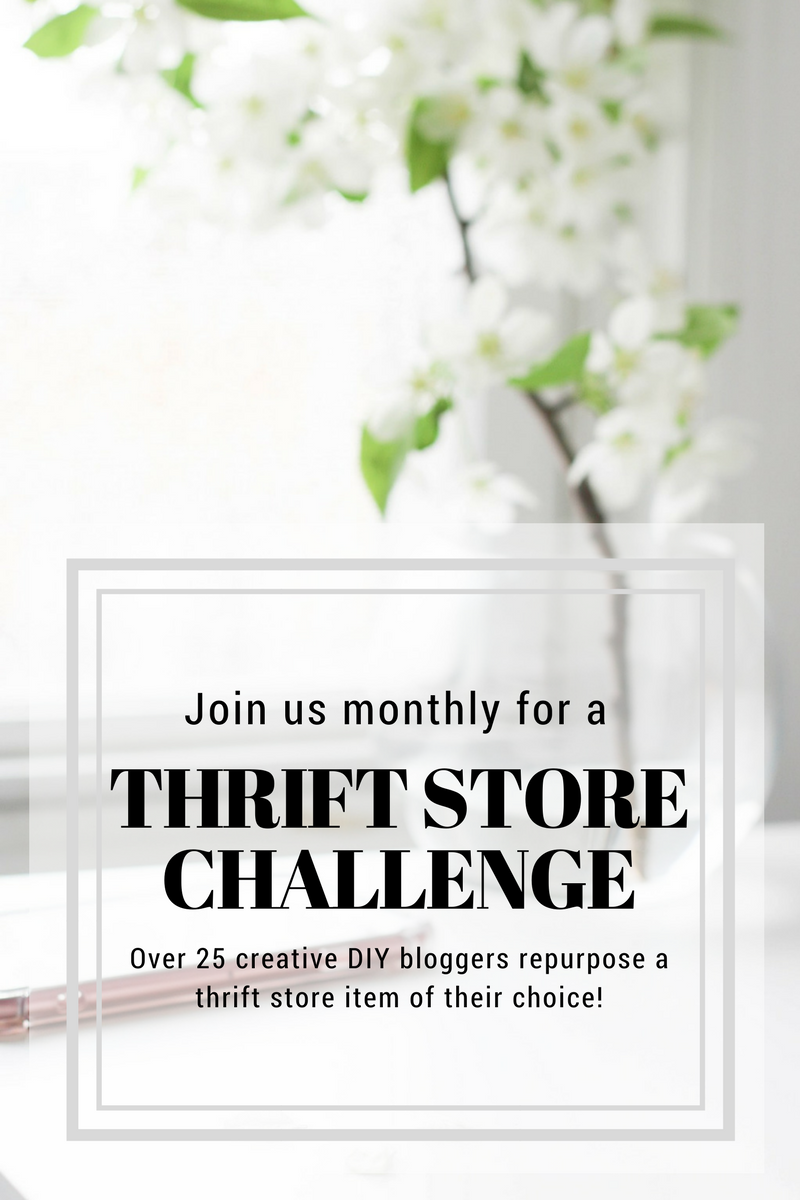


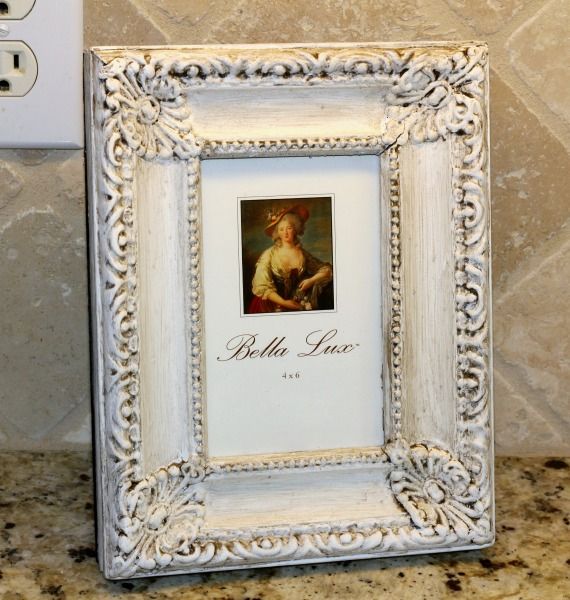




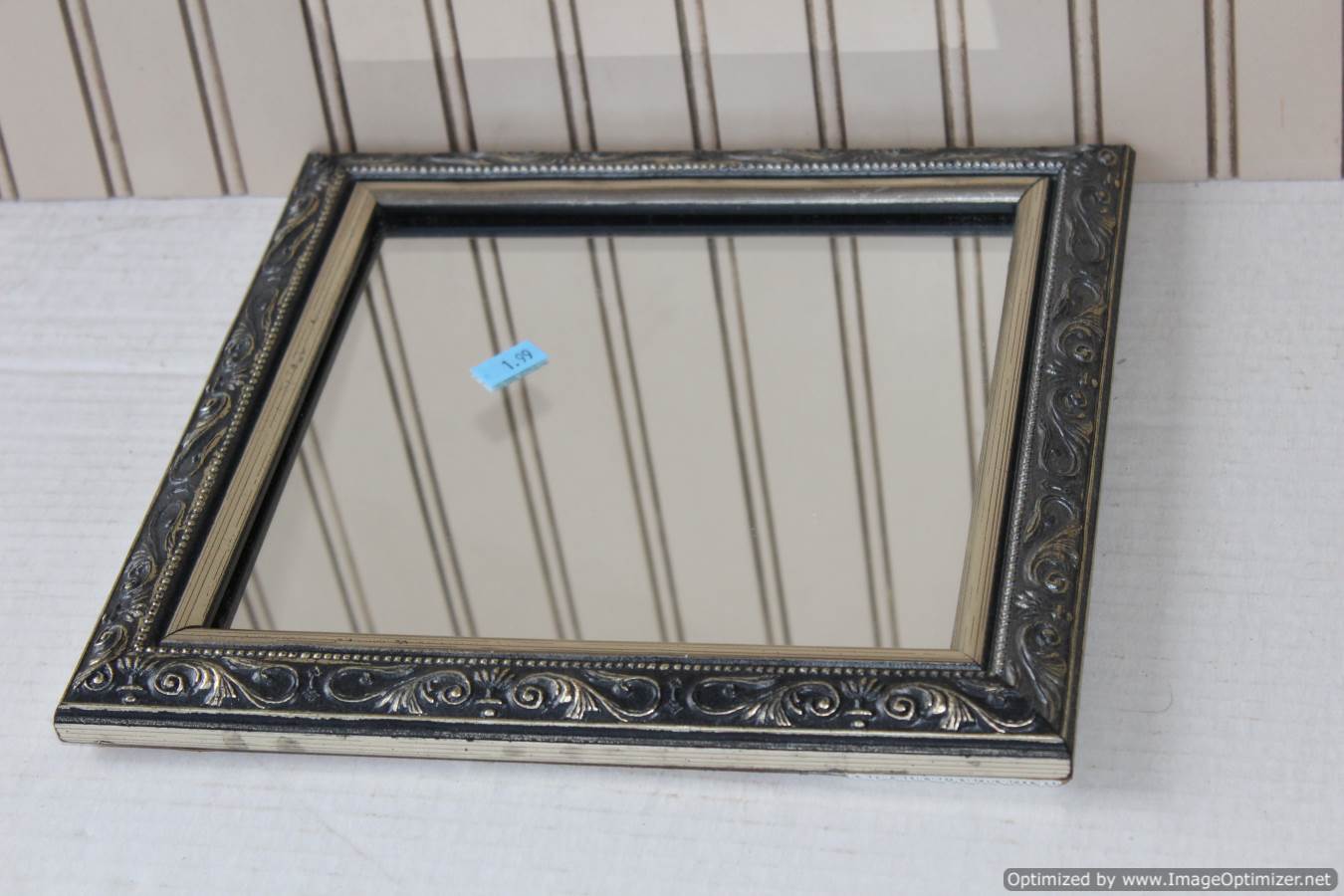


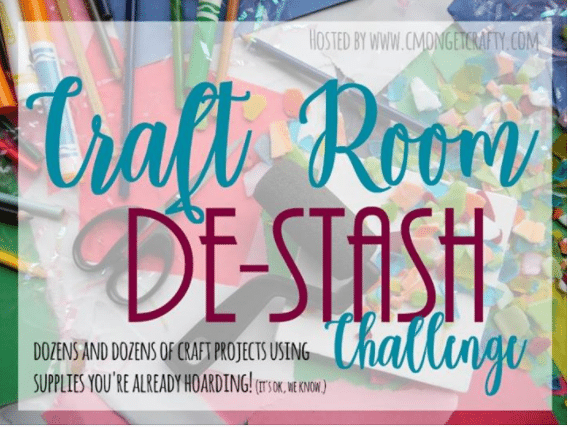
 Loading InLinkz ...
Loading InLinkz ...


